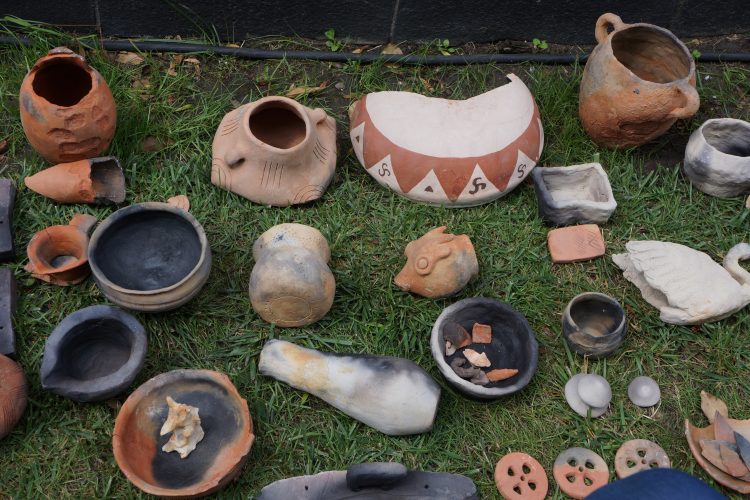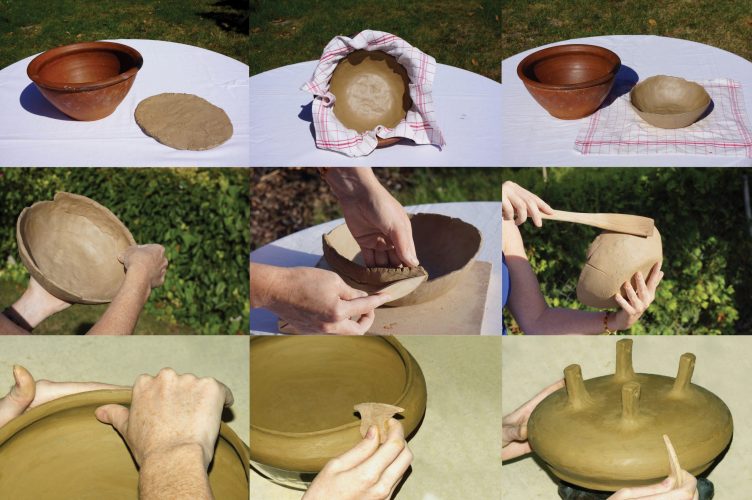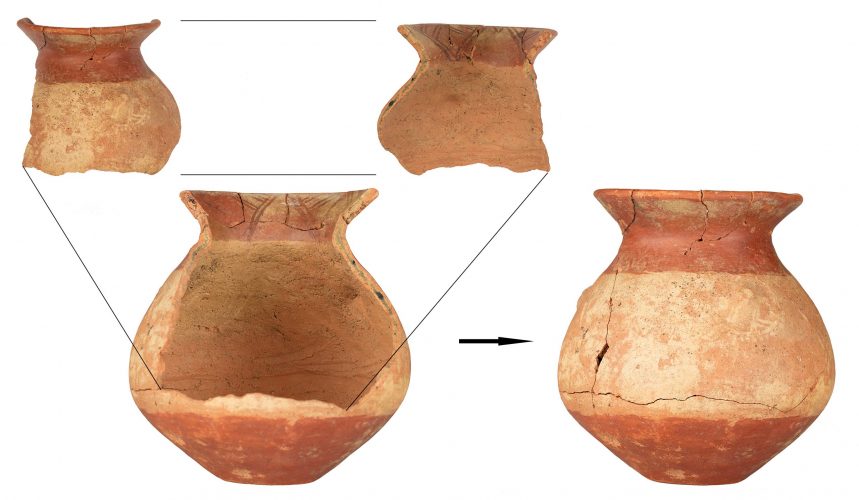In the summer semester of 2022, we will welcome the assistant professor at the Institute of Archaeology at the University of Wrocław Dagmara Łaciak. She is interested in ceramic studies, especially on blackened and painted pottery of the Bronze and the Early Iron Age. She involves both formal, functional, and experimental, archaeometrical, imaging analyses of pottery in research of prehistoric societies.
She will teach the course titled Cognitive possiblities of archaeometric and experimental research in studies on prehistoric and ancient pottery (ARCH / QDLCP)
The course aims are to familiarise students with the possibilities and limitations of archaeometric and experimental analyses in learning about various issues related to prehistoric and ancient ceramics and pottery manufacturing. Particular emphasis will be placed on getting acquainted with the theory and using it in practice.
Course programme:
- Organisational classes (introduction to the subject, presentation of literature and credit conditions)
- Introductory issues: what is ceramic, what are its types (porcelain, faience, stoneware, majolica, terracotta, glazed ceramics etc.) – geological and archaeological perspective; explanation of the terms: archaeometry, archaeological science, archaeoceramology, experimental archaeology
- Outline the history of research on ceramics. Contemporary approaches (research goal, issues, types of analyses, methods of interpretation)
- Reconstruction of the life cycle: production (properties of ceramic raw materials, their acquisition, recipes and the creation of pottery mass, admixtures, methods of forming, tools, firing objects, firing)
- Reconstruction of the life cycle: production (macro and microscopic observations, imaging, photogrammetry, 3D scanning, optical microscopy, SEM, TEM, XRD, Raman spectroscopy, CT; chemical composition: OES, ICE-OES, XRF), part 1
- Reconstruction of the life cycle: production (macro and microscopic observations, imaging, photogrammetry, 3D scanning, optical microscopy, SEM, TEM, XRD, Raman spectroscopy, CT; chemical composition: OES, ICE-OES, XRF), part 2
- Basics of ceramic petrography, part 1
- Reconstruction of the life cycle: distribution (studies on provenance)
- Reconstruction of the life cycle: use (form and function over the centuries – typology, morphological analyses)
- Reconstruction of the life cycle: use (physical properties, macro and micro observations, analysis of organic residues, chromatographic methods, GC-MS)
- Ways of interpreting the reconstructed stages of the life cycle: production, distribution, use (chaîne opératoire, provenance studies, ceramic ecology)
- Experimental archaeology (assumptions, analytical procedure, role and use of ethnographic analogies) handmade vessel making
- Experimental archaeology (handmade vessel making)







